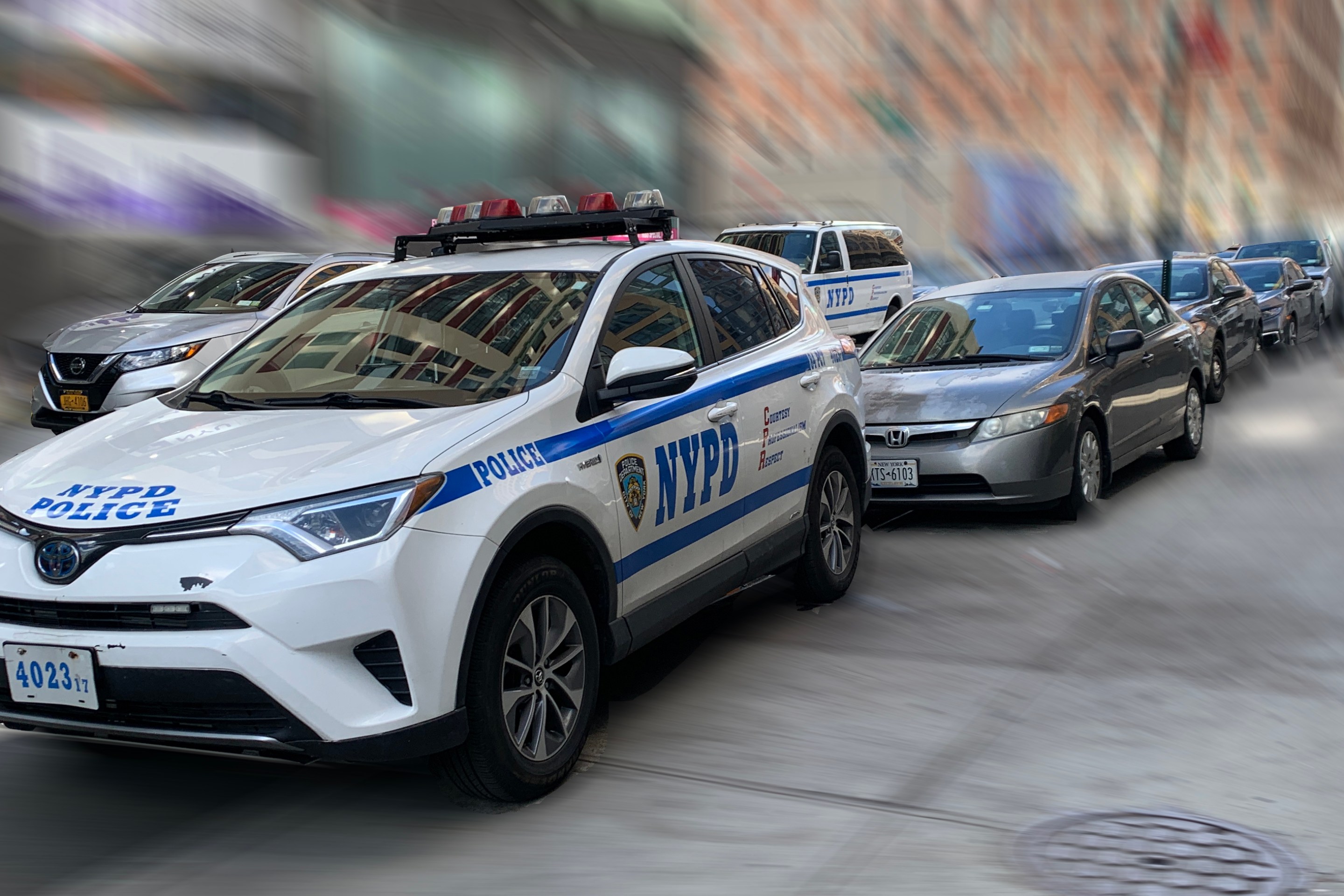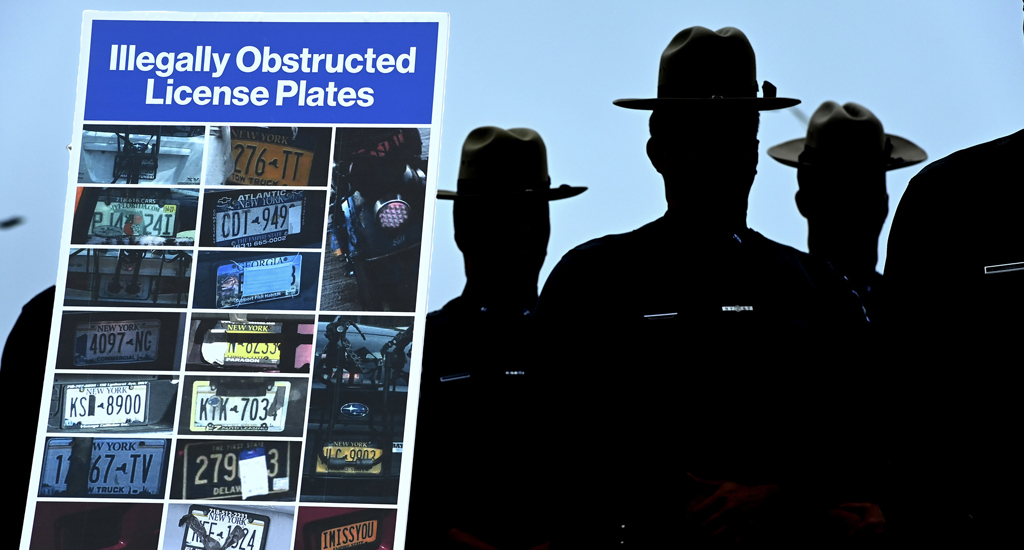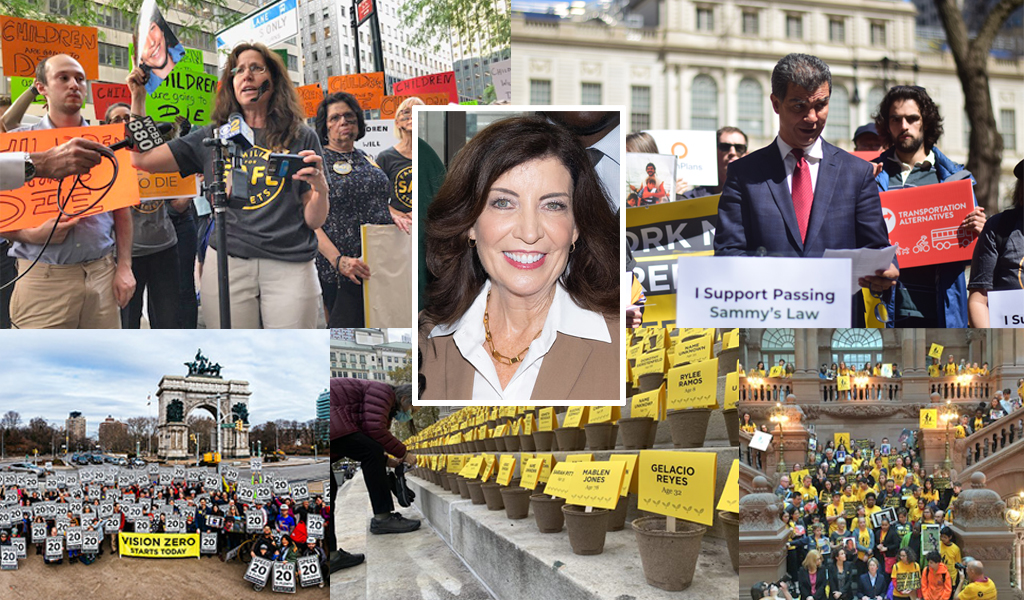The process of building roads in this country is underpinned by myriad assumptions and biases that favor automobiles. These biases are nearly invisible to most citizens, even though they have a profound effect on the built environment we all must move through every day.
So big thanks to Aaron Renn of Streetsblog Network member blog The Urbanophile, who today takes a look at the creature known as an Environmental Impact Statement, or EIS. The EIS is a precondition for road projects receiving federal funding, and one of its components -- the "Purpose and Need Statement" -- determines the type of project that will be built.
Renn looks at a project planned for the US 31 corridor in Hamilton County, Indiana, as an example. He explains how the narrow, autocentric focus of the project's "purpose and need" utterly fails to account for the existence of pedestrians and bikes, all in the name of "safety":
The purpose and need of the project was threefold:
- Reduce congestion for the US 31 corridor by improving to LOS D or better
- Improve the level of safety for motorists using the US 31 corridor
- Provide for the reliable and efficient movement of commerce and regional travel
This is a pretty standard list. It should come as no surprise
reading it that the EIS recommended widening and upgrading it to a
freeway. If your purpose and need is "driving nails," it’s no shock
when the outcome is "buy a hammer." Now, I happen to support this project since it is clearly needed. But
the narrow scope of the EIS has important consequences. For example, US
31 is a huge barrier dividing the town in two. The project should have
had as one of its purposes "Reducing physical barriers between
communities." Because it was not, unsurprisingly many of the things
that would have done that were either not included or deemed not cost
effective. For example, there are actually no specifics at all around
pedestrian or bicycle facilities...
Of course it almost goes without saying that the only safety measure
the EIS authors bother to discuss was that for motorists... In fact, I doubt that there were many injuries or deaths among
pedestrians or bicyclists. That's because this 4-6 divided mega-highway
is so manifestly unfriendly and unsafe to anyone not in a car, few
others would dare to even try to so much as cross it. This condition,
naturally, was not viewed as a deficiency in the Purpose and Need
Statement. It shows the subtle ways that even generic, seemingly
unobjectionable statements bias the outcomes.
More from around the network: Seattle Transit Blog marks the opening of the city's new airport light rail link. The FABB Blog of Fairfax County asks what the Northern Virginia Transportation Alliance has against bikes. And Newton Streets and Sidewalks looks at how to build a better roundabout.





